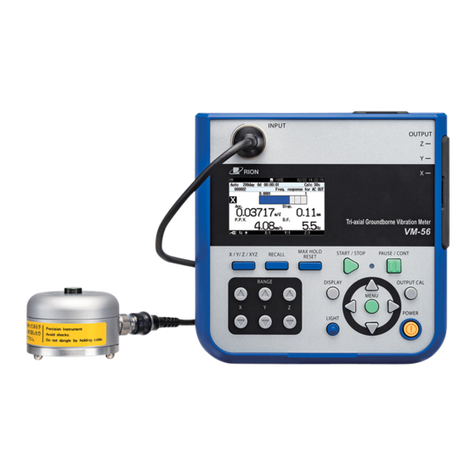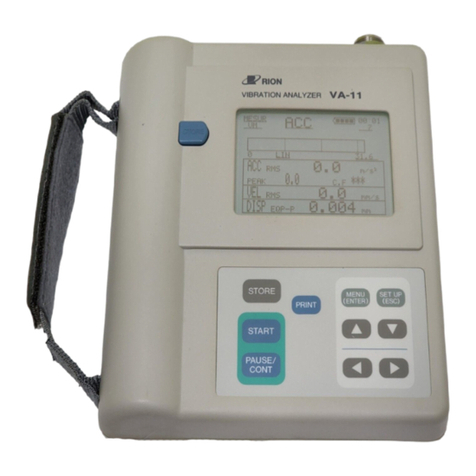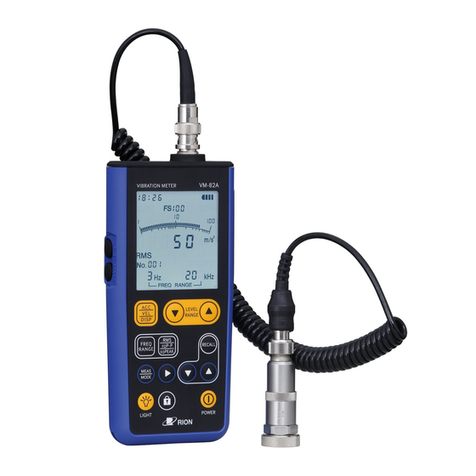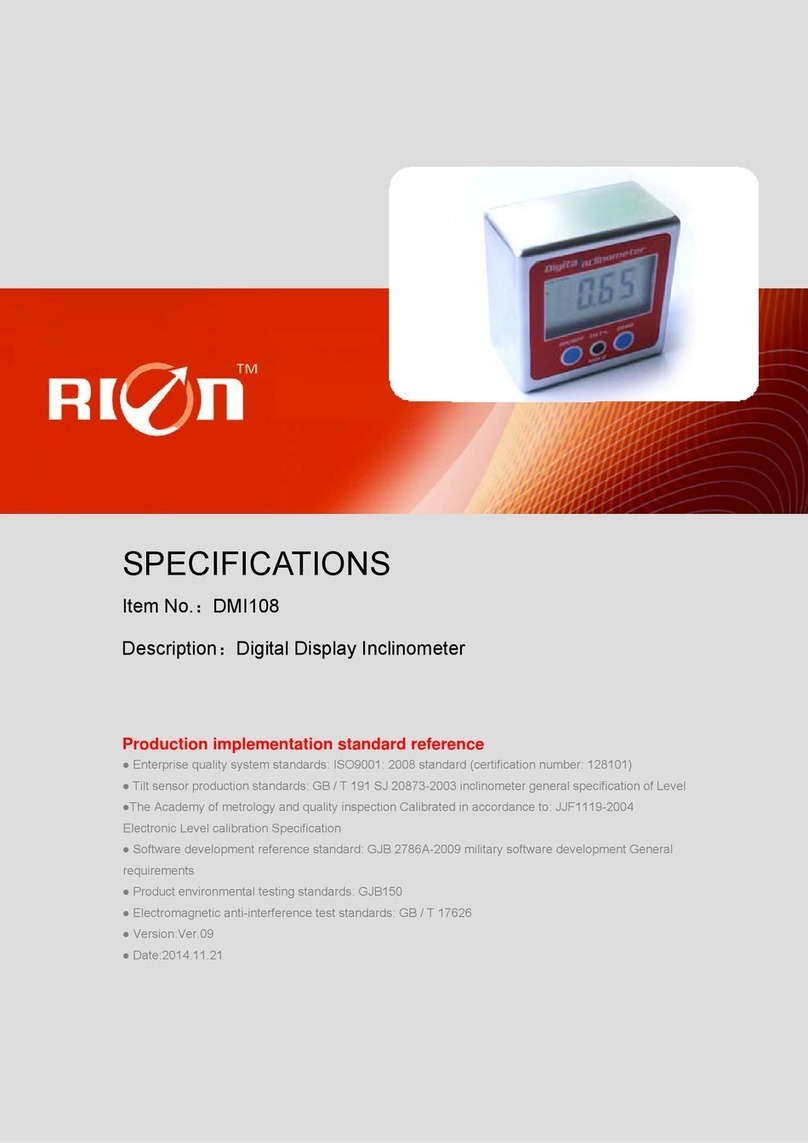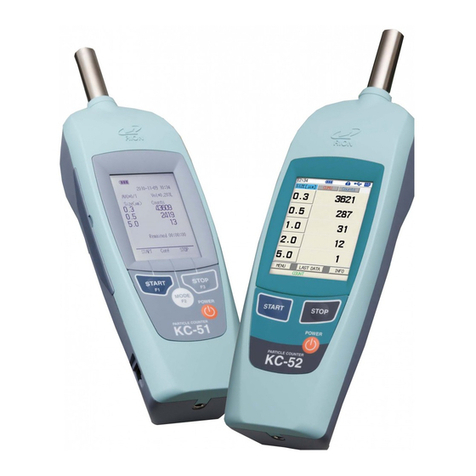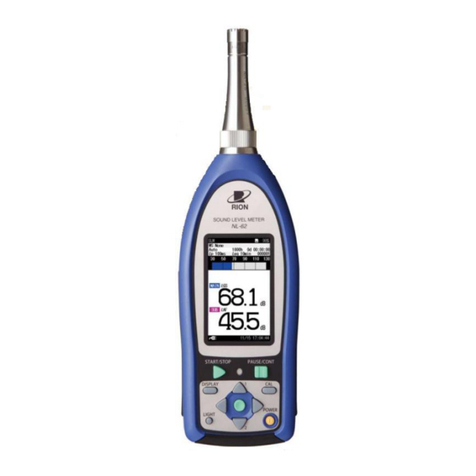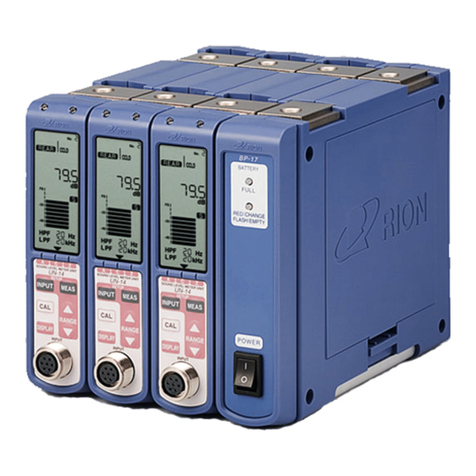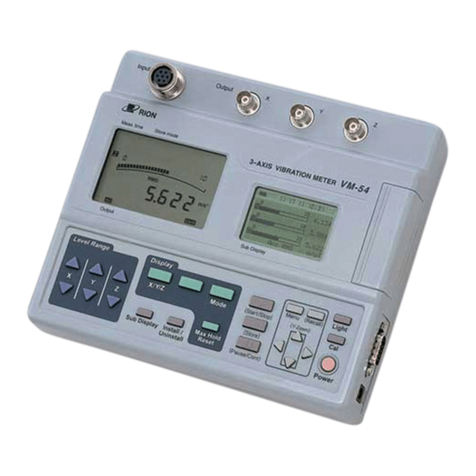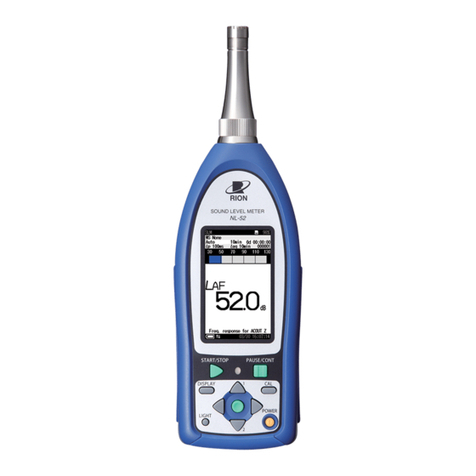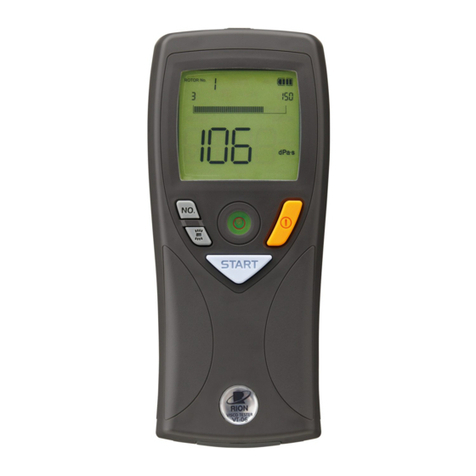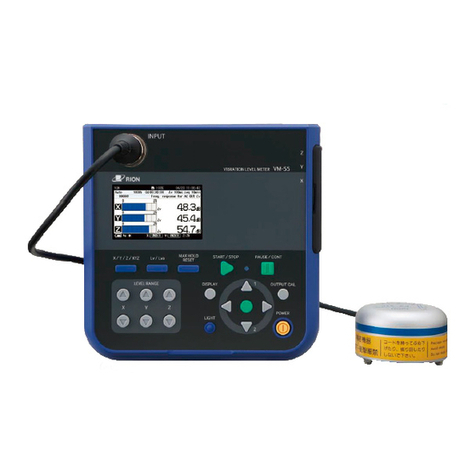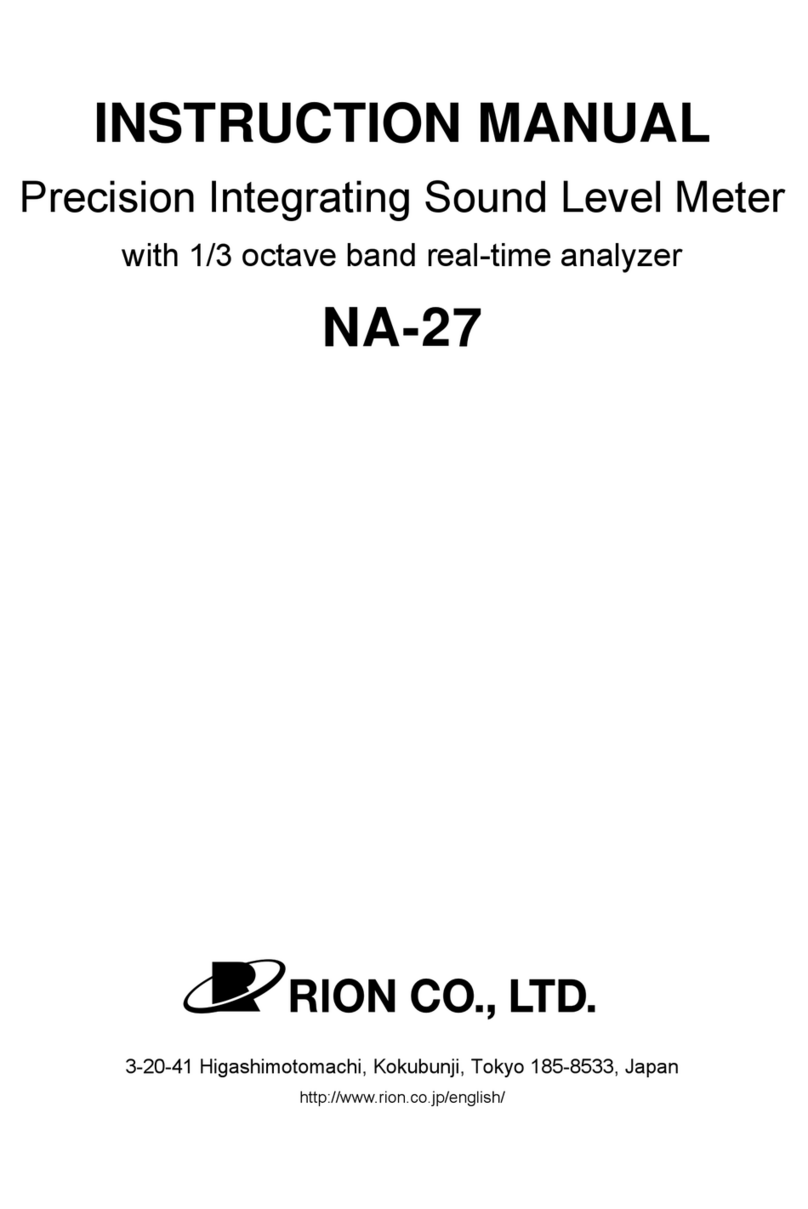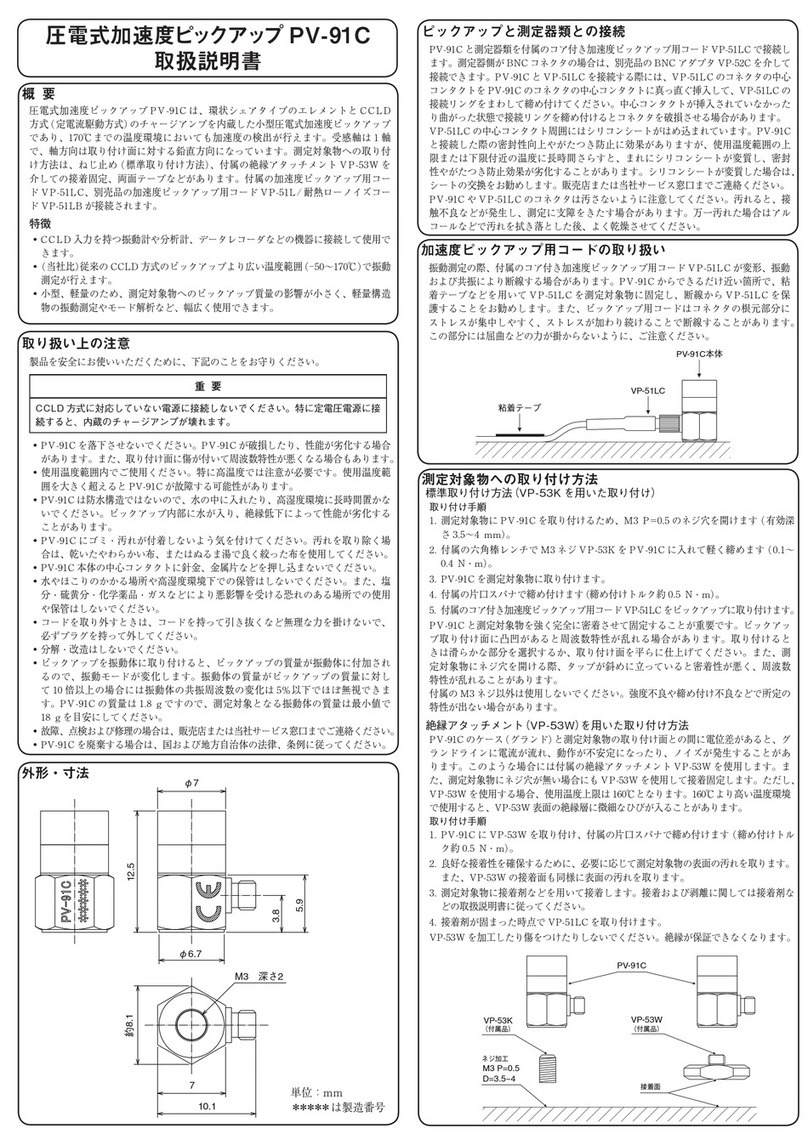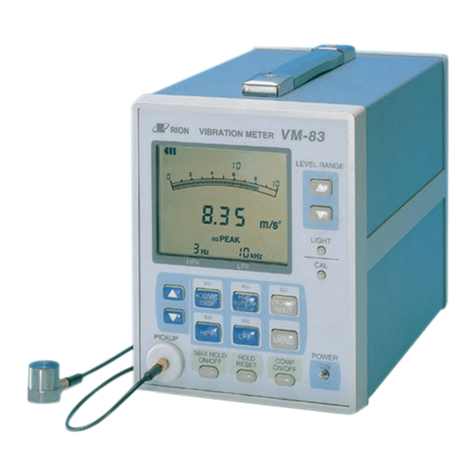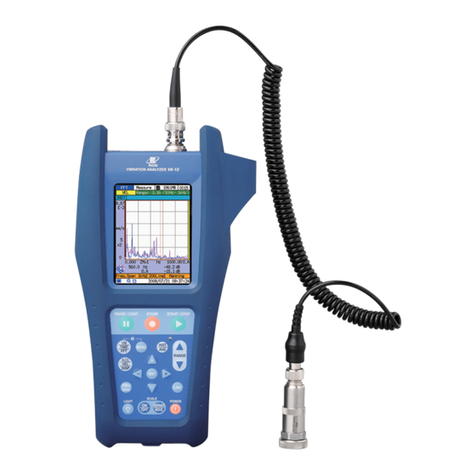
6
Safety Precautions / Precautions for Use
Do not use the device for purposes other than for what it is originally intended.
Keep the product away from heat sources such as re and stoves.
Failure to do so may cause a re, electric shock, or malfunction.
Do not use the device if any abnormality such as damage is discovered.
Continuing to use the device regardless of an abnormality may cause electric shock or re. In such circumstances, please contact
your dealer.
Do not use the device if there is something wrong with it, such as it becomes abnormally hot.
Doing so may result in a malfunction or re.
Do not use or connect to the power supply in a humid place such as a bathroom or in a place where it may
get wet.
Doing so may cause electric shock or malfunction.
Do not use, store, or leave the product in a hot place such as in a place exposed to re, direct sunlight, or
inside a car on a hot day.
Doing so may cause re, battery breakage, or overheating.
When disposing of the product, do not set it alight.
Doing so may cause a re or the batteries to explode. When disposing of the product, follow the regulations of your country or local
municipality.
Do not use the power cable connected to the optional AC adapter with a voltage other than 100 V AC.
The power cable connected to the AC adapter is a 100 V AC compatible cable that conforms to electrical safety standards. We cannot
guarantee the safety of the device if it is used with a voltage other than 100 V AC. Use the power cable that complies with the laws
and regulations of your area.
If there is dust on the external power supply port, wipe it off before connecting the AC adapter.
Failure to do so may result in electric shock, short circuit, or re.
Wipe off any water on the main unit and the external power supply port before connecting to the power supply.
Failure to do so may result in electric shock, short circuit, or re.
If there is a problem with the device during use, turn off the power and disconnect the AC adapter and remove
the batteries.
In such circumstances, please contact your dealer.
Always turn off the power after use.
Turn off the power and remove the batteries if you intend to store the product for a long time without using it. Leaving the batteries
may cause the electrolyte to leak. Remove the AC adapter.
Make sure to hold the plug or connector when disconnecting a cord or cable.
Do not apply excessive force, such as holding the cord or cable and pulling them out.
CAUTION
Do not use or store the product within the reach of children or pets.
Doing so may result in electric shock, injury, or accidental ingestion.
Do not store the device in places in which it will be subject to water, dust, high temperatures, high humidity, or
in direct sunlight. Do not use or store the device in places where it may be adversely affected by salt, sulfur,
chemicals, gases, etc.
The operating temperature for this device is -10°C to +50°C and the humidity range is 10% to 90% RH.
* In the event of a product defect caused by RION, RION will repair or replace the device.












